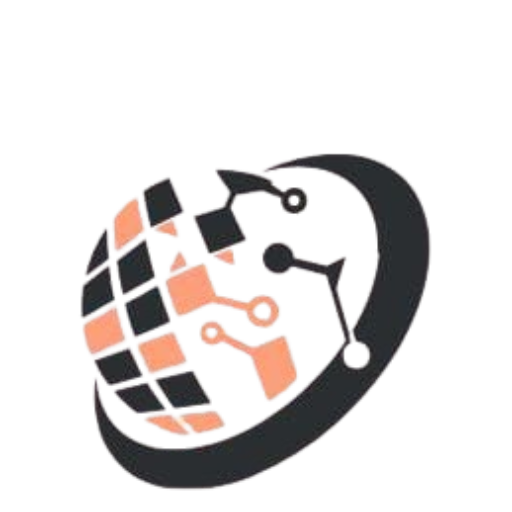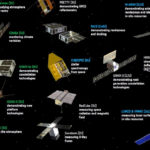The Internet is a vast, global network that connects millions of private, public, academic, business, and government networks. Here’s a detailed overview of its components, history, functionality, and impact:
- What is the Internet?
Definition: The Internet is a network of networks that allows for the exchange of information and communication through standardized protocols.
Structure: It consists of hardware (servers, routers, cables) and software (protocols, applications) that enable data transmission.
- History of the Internet
1960s: The concept began with ARPANET, a project funded by the U.S. Department of Defense to connect research institutions.
1970s: The development of TCP/IP protocols by Vint Cerf and Bob Kahn standardized data transmission, allowing different networks to communicate.
1980s: The Internet began to expand beyond military and academic use, with the introduction of the Domain Name System (DNS) and the first commercial Internet Service Providers (ISPs).
1990s: The World Wide Web (WWW) was created by Tim Berners-Lee, making the Internet accessible to the general public with user-friendly interfaces like web browsers.
2000s and Beyond: Rapid growth in user adoption, the rise of social media, e-commerce, and mobile Internet access transformed how people interact online.
- Key Components
Infrastructure:
Servers: Computers that store and serve websites and applications.
Routers: Devices that direct data packets between networks.
Cables: Fiber optic and copper cables that physically connect networks.
Protocols:
TCP/IP: The foundational protocols that govern data transmission.
HTTP/HTTPS: Protocols for transferring hypertext (web pages).
FTP: Protocol for transferring files.
Domain Name System (DNS): Translates human-readable domain names (like www.example.com) into IP addresses that computers use.
- How the Internet Works
Data Transmission: Information is broken down into packets, sent across the network, and reassembled at the destination.
Client-Server Model: Users (clients) request information from servers, which respond with the requested data.
IP Addresses: Every device connected to the Internet has a unique IP address that identifies it on the network.
- Types of Internet Connections
Dial-Up: An older, slower method using telephone lines.
Broadband: High-speed connections via DSL, cable, or fiber optics.
Wireless: Wi-Fi and mobile data (3G, 4G, 5G) allow for portable Internet access.
Satellite: Provides Internet access in remote areas via satellite communication.
- Impact of the Internet
Communication: Revolutionized personal and business communication (email, instant messaging, video calls).
Information Access: Vast resources for education, research, and news are available at users’ fingertips.
E-commerce: Transformed retail and business models, enabling online shopping and services.
Social Media: Changed how people connect, share, and interact socially.
Entertainment: Streaming services (Netflix, Spotify) and online gaming have reshaped entertainment consumption.
- Challenges and Concerns
Cybersecurity: Threats like hacking, phishing, and malware pose risks to personal and organizational data.
Privacy: Concerns over data collection, surveillance, and user privacy.
Digital Divide: Disparities in Internet access and literacy between different regions and demographics.
Misinformation: The spread of false information and its impact on public opinion and behavior.
- Future of the Internet
Internet of Things (IoT): Increasing connectivity of everyday devices (smart homes, wearables).
5G Technology: Promises faster speeds and lower latency, enabling new applications.
Decentralization: Movements towards decentralized platforms and services (blockchain technology).
AI Integration: Enhanced personalization and automation in online services.
Conclusion
The Internet has become an integral part of modern life, influencing nearly every aspect of society. Its continued evolution will shape the future of communication, commerce, education, and beyond.


